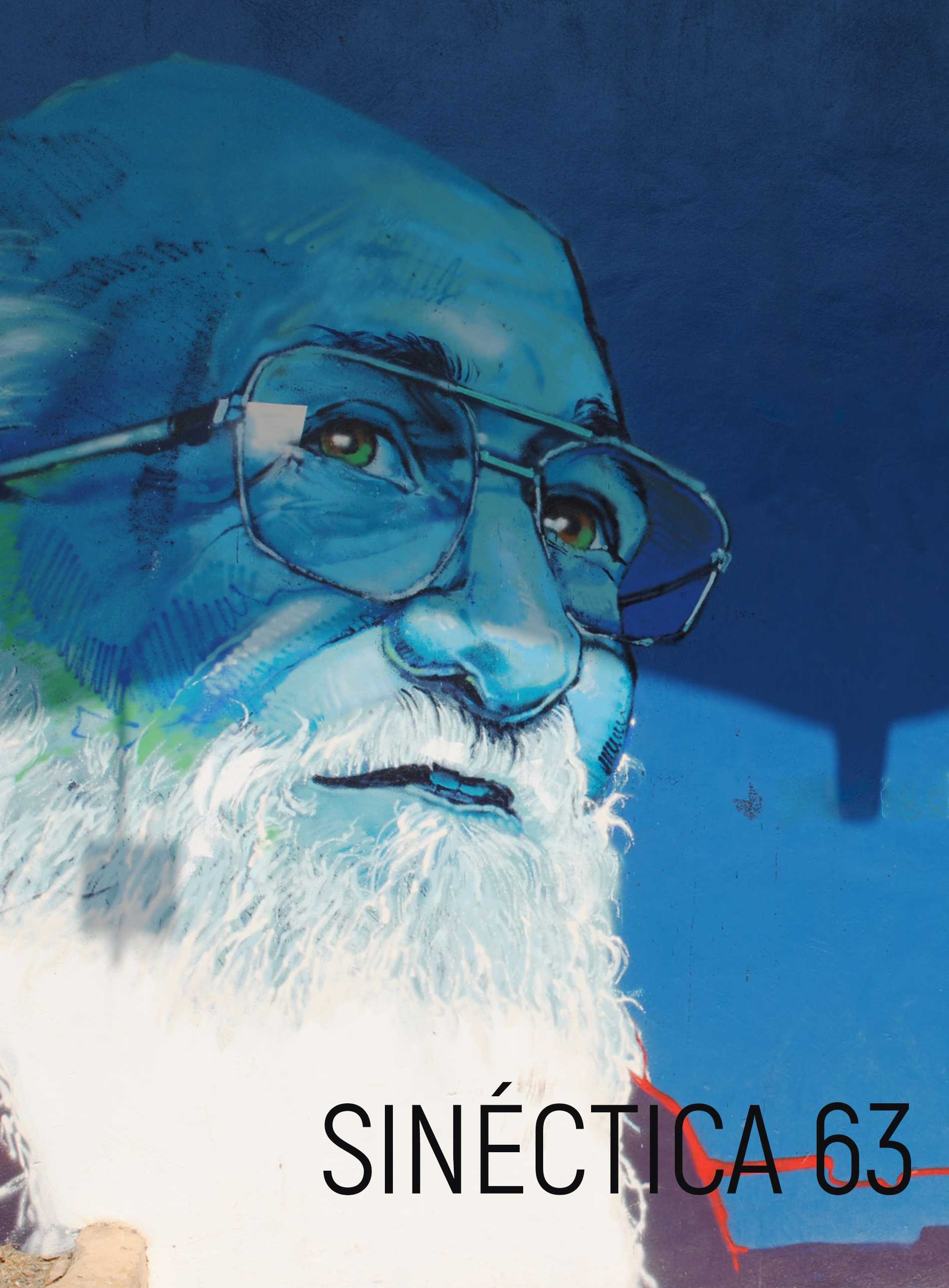EINSTEIN Y LA COSMOLOGÍA DEL SIGLO XXI
Abstract
Para resolver las ecuaciones de campo de la teoría general de la relatividad, Einstein introdujo, en 1917, la repulsión cosmológica gravitacional por medio de la “constante cosmológica lambda”. Dicha constante modifica la ley de la gravitación con un término de repulsión que, a grandes distancias, puede contrarrestar la atracción gravitacional. Asimismo le permitió encontrar solución a las ecuaciones de campo, según la cual el universo permanecería casi estático, como se creía en esa época.
Downloads
Downloads
Issue
Section
License
This work is licensed under a Creative Commons Attribution-NonCommercial 4.0 International license.
Authors who publish in Sinéctica agree to the following terms:
The authors retain copyright and grant the journal the right of first publication of the authorized work simultaneously under a Creative Commons Attribution License, which allows others to share the work as long as both the authorship of the work and the initial publication in this journal are acknowledged.
Authors may enter into additional separate contractual agreements for non-exclusive distribution of the published version of the journal (e.g., publishing in an institutional repository or a book), with acknowledgement of initial publication in this journal.
Authors are allowed to publish their work in institutional repositories or on their own website before and during the submission process, as it may generate productive exchanges, as well as earlier and greater citation of the published work.
Explanatory note: As of 2017 Sinéctica is governed by the Creative Commons Attribution Non-Commercial 3.0 International License, a version that standardizes licenses internationally.
Articles published between 1992 and 2016 are covered by a Creative Commons Attribution-NonCommercial-NoDerivatives 4.0 International license, which allows a work to be shared and distributed non-commercially and with acknowledgement of the author, but prohibits modification of the original creation.






















